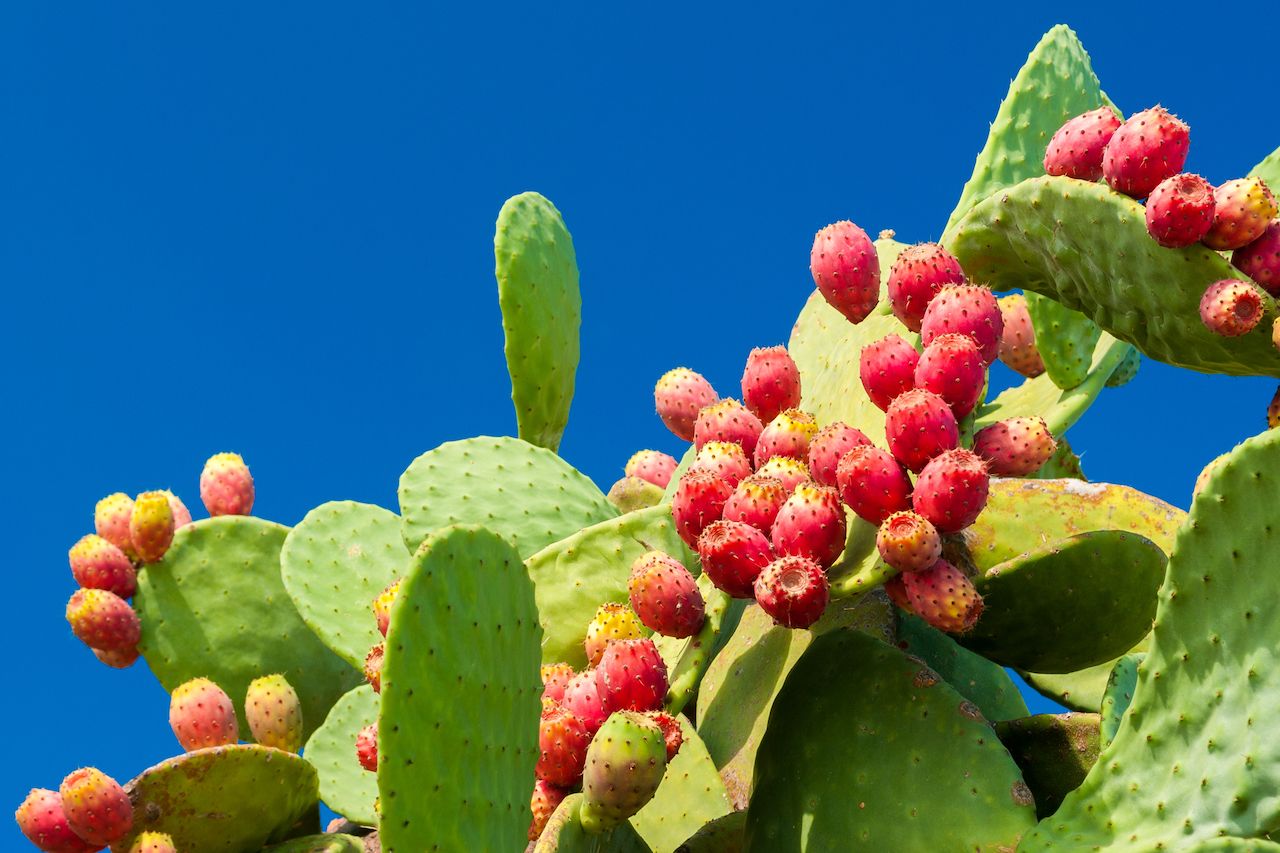The allure of cactus fruit, particularly the vibrant and striking prickly pear, extends far beyond its aesthetic appeal. Indigenous to desert landscapes, these remarkable fruits beckon the curious and adventurous palate. For those willing to embrace this edible enigma, the rewards are plentiful—not just in taste but in health benefits as well. This article will delve into the fascinating world of cactus fruit, articulating its myriad advantages and providing insights on how to prepare and use it in culinary endeavors.
As you read on, prepare to shift your perspective on what constitutes fruit, and perhaps even expand your nutritional repertoire.
Understanding Cactus Fruit Varieties: A Colorful Exploration
Cactus fruit, commonly referred to as prickly pear, is the edible fruit of the Opuntia cactus species. Characterized by its succulent, sweet pulp encased in a thick, spiny skin, the prickly pear comes in various hues, from red and purple to yellow and green. Each variety offers a unique flavor profile, ranging from mildly sweet to slightly tangy.
Beyond the prickly pear, there are other edible cacti and their fruits, including saguaro fruit and the fruit of the barrel cactus. These fruits, while less commonly found in grocery stores, are equally enticing and nutritionally beneficial. When one ventures beyond conventional fruits, the exploration of cactus fruit invites a palette of diverse textures and flavors.
Health Benefits: A Nutritional Powerhouse
Every bite of cactus fruit brings with it an impressive array of health benefits. The fruit is low in calories and contains no fat, making it an excellent choice for those seeking a healthy snack. Yet, its nutritional profile stretches far beyond mere calorie count.
Rich in vitamins and minerals, cactus fruit is an exceptional source of vitamin C, which plays a pivotal role in immune function and the synthesis of collagen. Additionally, it contains antioxidants that help combat oxidative stress and inflammation within the body. This is particularly significant given today’s fast-paced lifestyle that often leads to increased stress and exposure to pollutants.
Moreover, the fiber content of cactus fruit is noteworthy. Dietary fiber promotes digestive health, enhances satiety, and aids in maintaining stable blood sugar levels. This makes it a particularly advantageous option for individuals managing diabetes or those looking to stave off cravings between meals. The unique polysaccharides present in cactus fruit demonstrate potential in lowering cholesterol levels, offering yet another compelling reason to incorporate these fruits into one’s diet.
The cactus fruit is also lauded for its hydrating properties. With a high water content, it serves as a natural way to replenish fluids—a refreshing fact for those living in arid climates or engaging in physical activities. In essence, integrating cactus fruit into your diet not only cultivates a culinary adventure but also fortifies your health in multifaceted ways.
Preparation Methods: Embracing the Exotic
Now that you are acquainted with the numerous health benefits of cactus fruit, the next step is understanding how to prepare it. The spiny exterior of prickly pears may seem intimidating, but with the right techniques, you can unlock their succulent insides without incident.
Before you begin, it is essential to don protective gloves; cactus spines can be quite deceptive. Begin by slicing off both ends of the fruit. Next, make vertical incisions along the skin, being cautious not to cut deeply into the flesh. Once the skin is scored, you can gently peel it back, revealing the juicy interior. The flesh can be eaten raw, added to smoothies, or concocted into jellies and syrups.
An exciting way to enjoy cactus fruit is by juicing it. The vibrant, ruby-red juice can be mixed with other fruits to create invigorating beverages. Alternatively, the pulp can be used in salsas and salads, offering a delightful contrast in texture and flavor. For those with a penchant for culinary experimentation, consider incorporating prickly pear into savory dishes, such as tacos or grilled meats, to bring an unexpected sweetness to your meal.
Lastly, do not disregard the seeds found within the fruit. These can be roasted and used as a crunchy topping for salads or as a nutty addition to granola. The entire cactus fruit experience teaches an invaluable lesson about resourcefulness and the creation of delightful dishes using every part of an ingredient.
Conclusion: Nature’s Hidden Gem Awaits
The exploration of cactus fruit is not merely about undulating flavors and textures; it is a journey towards greater health and wellness. As more individuals seek to diversify their diets with nutrient-rich foods, cactus fruit offers an enticing option ripe for the picking. Its impressive health benefits, combined with its versatility in the kitchen, make it deserving of a place in both conventional and avant-garde diets alike.
So, turn your gaze toward the desert landscapes and embrace the exotic charm of cactus fruit. By integrating this unique ingredient into your meals, you not only nourish your body but also expand your culinary horizons, transforming the mundane into the extraordinary.





Leave a Comment